Layer cakes are beautiful, but they can be challenging. Here are common issues and professional fixes.
Uneven Layers
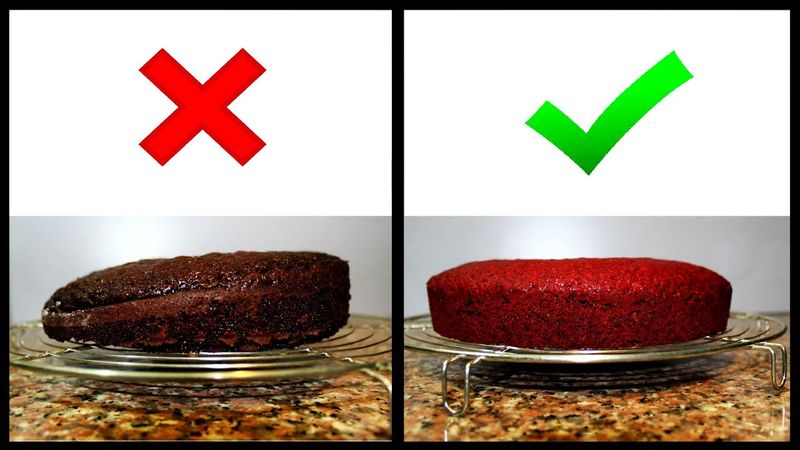
Have you ever sliced into a cake only to find the layers look like a series of mini hills? Uneven layers often result from not leveling the cake properly before stacking. Try using a serrated knife or cake leveler for an even finish. For an extra pro tip, rotate the cake as you cut to maintain balance. Uneven layers can also result from inconsistent batter distribution; a scale can help here. Did you know that professional bakers often use baking strips to ensure even baking?
Now, your cakes will stand tall and proud.
Soggy Bottoms

A cake should be firm yet moist, but a soggy bottom indicates something’s amiss. This often results from underbaking or using a pan that doesn’t conduct heat well. To remedy this, invest in quality bakeware and ensure your oven is calibrated. Ever wonder why some cakes have a perfectly crisp base? It’s all about the perfect baking time and temperature.
If you find your cake soggy, try returning it to the oven for a few minutes.
No more soggy surprises, just delightful layers!
Cracked Tops
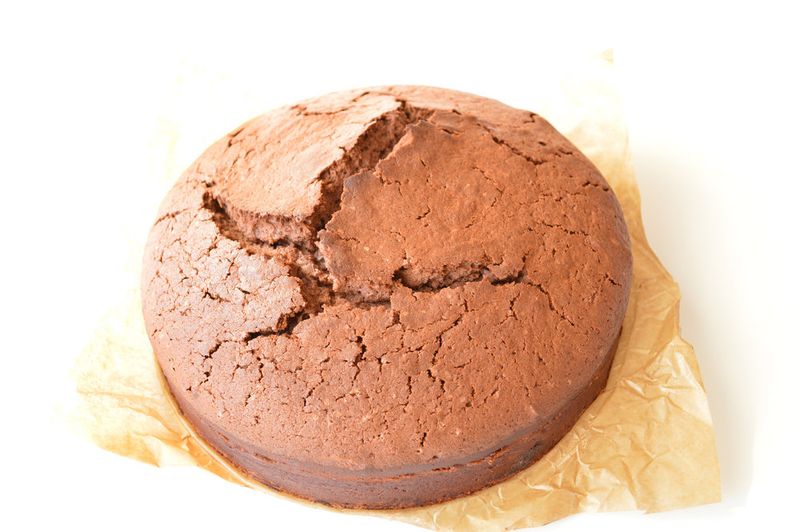
Cracked tops can be the bane of a baker’s existence. Often caused by too high oven temperatures or overmixing the batter, it can ruin the cake’s aesthetic appeal. Ever heard of the ‘low and slow’ method? Reducing the oven temperature slightly and extending the baking time can often prevent cracks.
Consider also using a water bath to maintain even heat distribution.
With these tips, your cakes will emerge smooth and flawless, ready for any topping.
Cakes Sticking to Pan
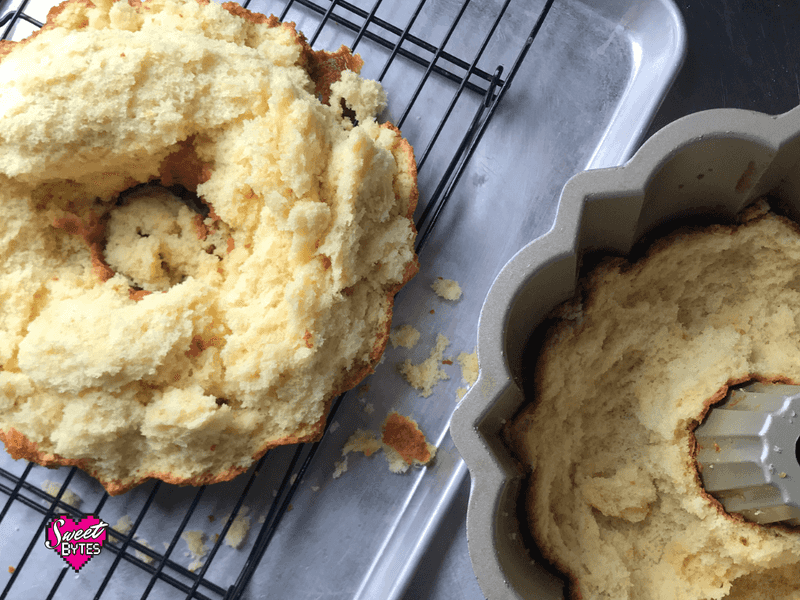
There’s nothing more heartbreaking than a cake that refuses to come out of its pan. This often happens when the pan isn’t prepared properly. Greasing and lining the pan with parchment paper is crucial. Want an extra tip? Dust the greased pan with cocoa for chocolate cakes or flour for others.
When it’s time to remove the cake, let it cool for just ten minutes before turning it out.
No more sticky situations, only beautifully released cakes.
Dense Cake Texture
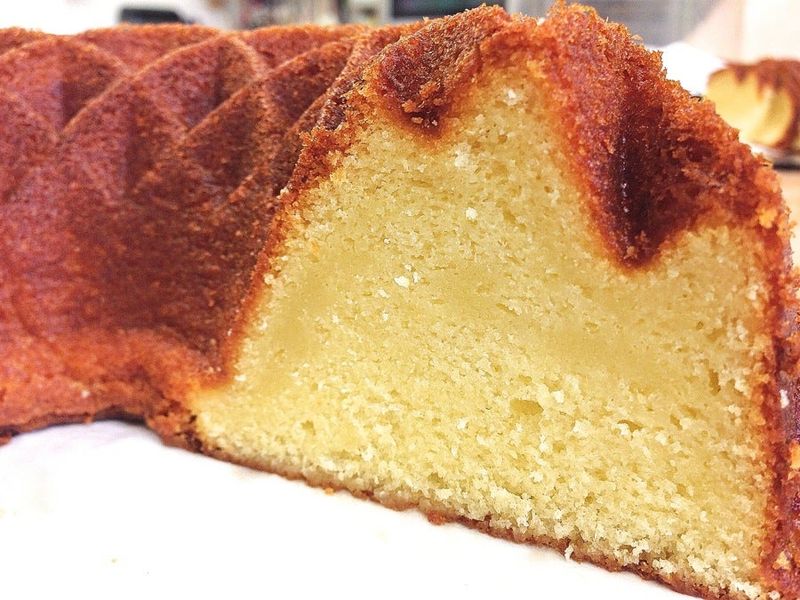
A light, airy texture is what most bakers aim for, but sometimes cakes turn out dense. This typically results from overmixing the batter or using too much flour. For a softer outcome, ensure ingredients are at room temperature before mixing. Ever tried the reverse creaming method? By mixing butter with dry ingredients first, cakes often turn out softer.
Remember, gentle folding, not beating, preserves the desired airiness.
With these methods, your cakes will rise to the occasion every time.
Sunken Centers
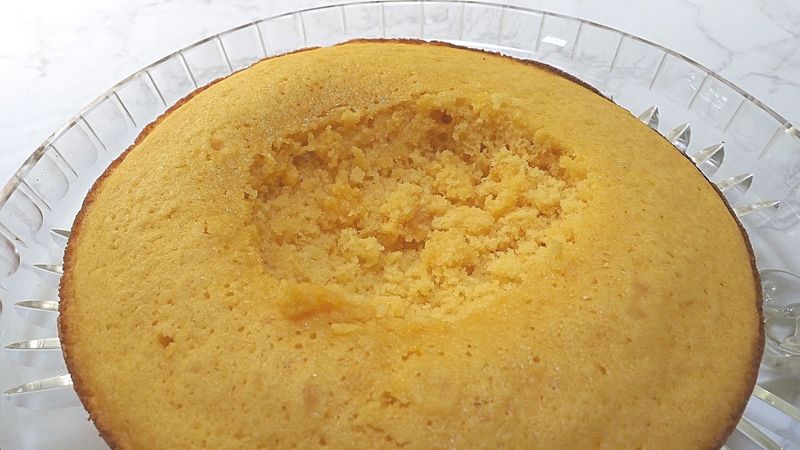
A sunken cake center is often due to underbaking or opening the oven door too early. Curious why professional bakers always rely on timers? Precise baking times prevent this common pitfall. If your cake collapses, try baking it a bit longer or ensuring your baking powder isn’t expired.
Did you know that sudden temperature changes can also cause sinking? Double-check your oven temperature with a thermometer.
With these tactics, your cakes will stand firm and proud.
Burnt Edges
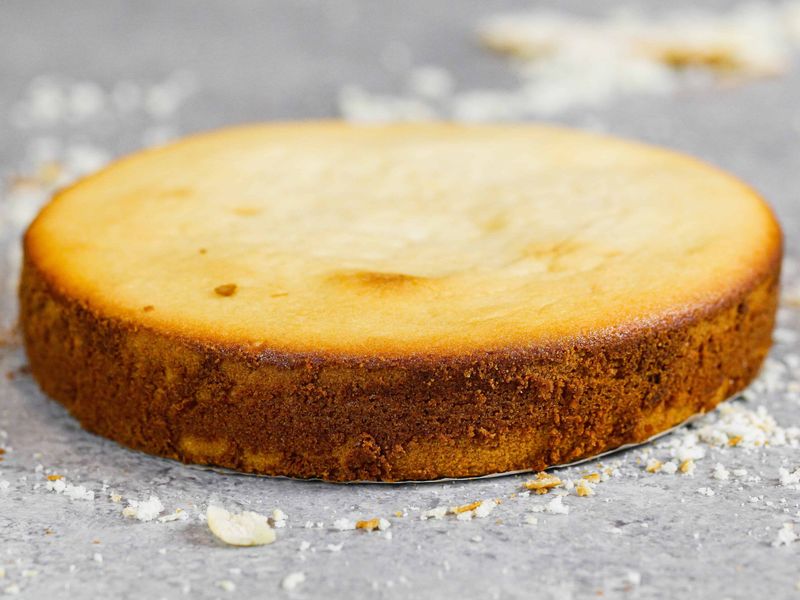
Burnt edges can turn a delightful cake into a disappointment. This usually happens with uneven heat distribution or baking too close to the oven’s heat source. Ever used a baking strip around the cake pan? It can help regulate temperature and prevent burnt edges. Try positioning the cake in the center of the oven and avoid overcrowding.
For an extra layer of protection, foil can be placed around the edges.
Enjoy perfectly baked edges without a hint of char.
Buttercream Melting
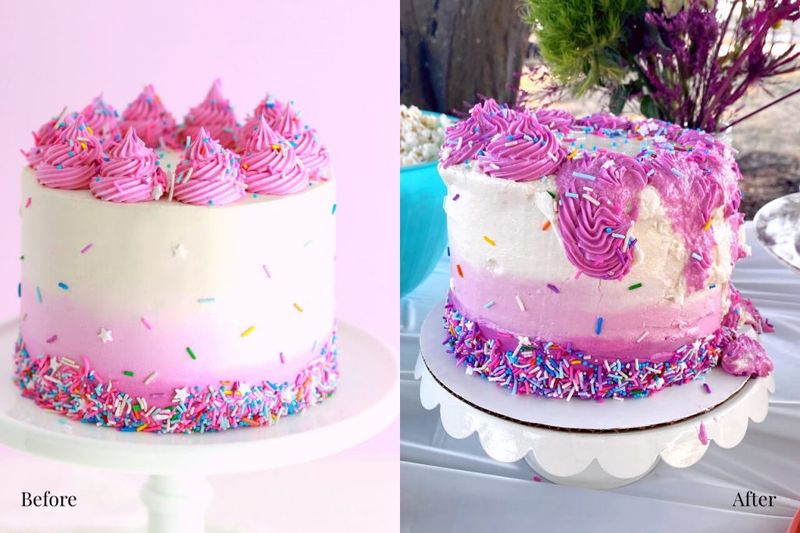
A cake’s final presentation can be ruined by melting buttercream. This often happens in warm environments or when the butter is too soft. Want to know a pro secret? Use a mix of shortening and butter to stabilize the frosting. Chilling the cake before applying buttercream also helps.
If melting does occur, refrigerate the cake before serving. Did you know that some bakers use cornstarch for added stability?
Now, your frosting will hold up under any conditions, looking pristine.
Overly Sweet Frosting

Too much sweetness can overwhelm the palate. Overly sweet frosting happens when too much sugar is used or the balance of ingredients is off. A dash of salt or a splash of lemon juice can counteract the sweetness. Ever considered using cream cheese in your frosting? It can add a tangy contrast.
Adding fresh fruits or spices can also reduce perceived sweetness.
With a balanced frosting, your cakes will be indulgent, not overwhelming.
Leaning Layers
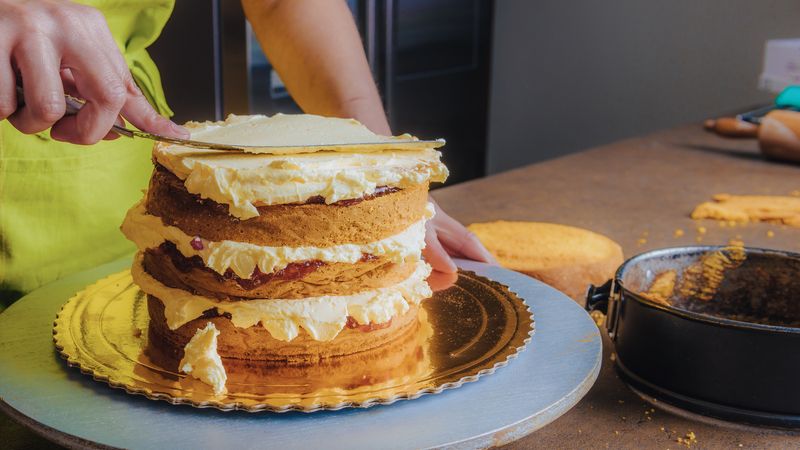
A leaning cake might seem whimsical, but it signals structural issues. This often happens when layers are uneven or the filling is too soft. Use dowels for support, especially on taller cakes. Curious about ensuring stability? Keep filling layers thin and even.
Did you know assembly on a chilled cake can also help maintain stability? This technique ensures layers stay in place while you work.
Your cakes will now stand tall and steady.
Cake Pulling Away from Sides
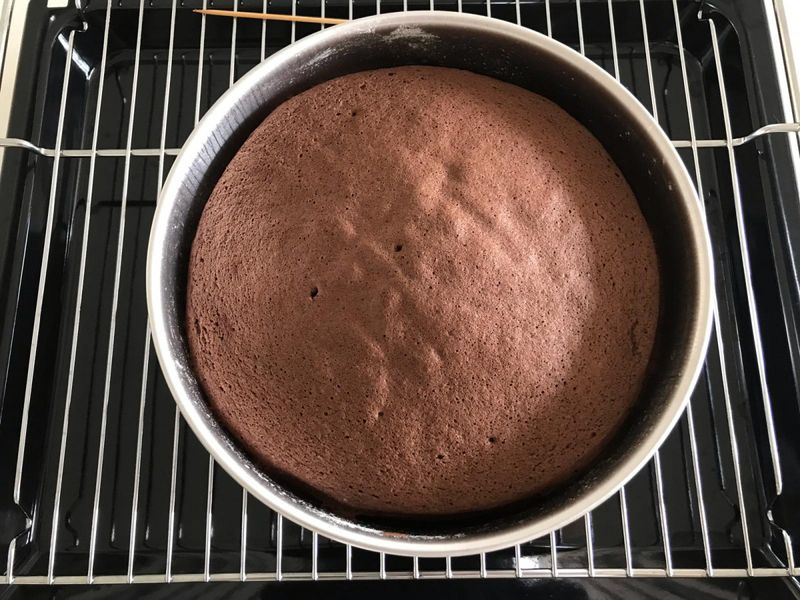
A cake that pulls away from the sides often indicates overbaking. It usually happens when the cake is left in the oven too long or the temperature is too high. A tip for next time? Use a toothpick to test doneness.
If the cake pulls away, brush the sides with simple syrup for moisture. Did you know that this method also adds flavor?
Keep your cakes moist and delightful, just as they should be.
Overbaked Tops
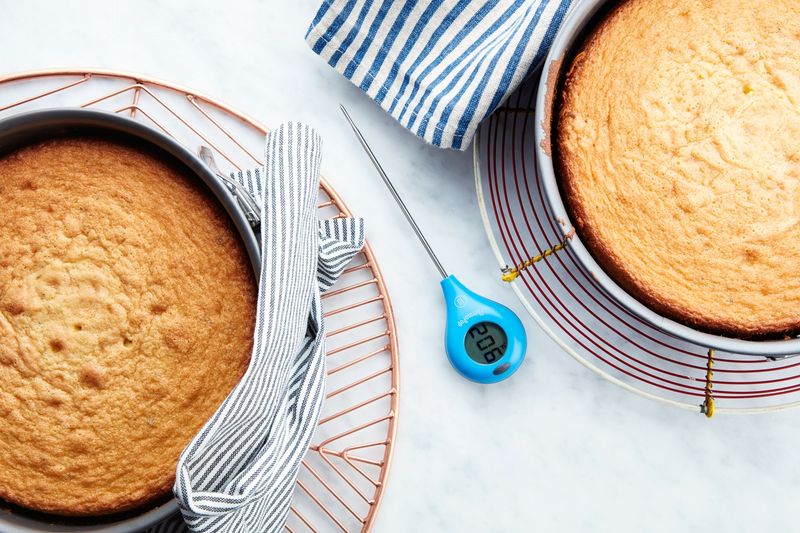
An overbaked top can make a cake look unappetizing and feel dry. This often results from placing the cake too high in the oven or baking at too high a temperature. To avoid this, position your cake in the center and keep an eye on the time.
Ever tried using an oven thermometer? It ensures the precise temperature needed.
With vigilance, your cake tops will remain moist and flavorful.
Color Bleeding from Decorations

Color bleeding can ruin a cake’s appearance, especially with fondant decorations. This occurs when colors aren’t properly set or the environment is too humid. To prevent this, let decorations dry completely before placing them on the cake. A silica gel packet nearby can help reduce humidity.
Did you know that some decorators use a clear sealant spray to lock in colors?
With these precautions, your decorations will remain vibrant and beautiful.
Crumbly Texture
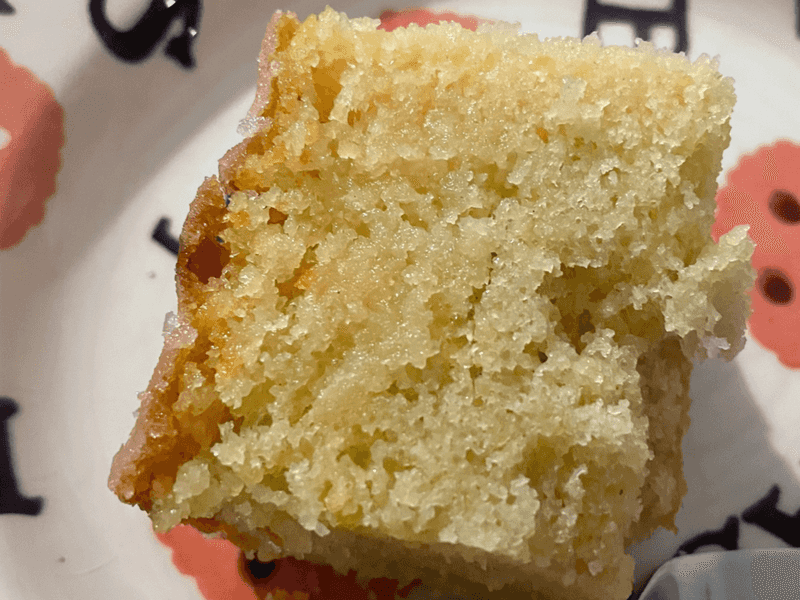
A crumbly cake can be frustrating to slice and serve. This often results from a lack of moisture or overbaking. Adding sour cream or yogurt to the batter can enhance moisture. Have you ever tried the addition of pudding mix? It adds a surprising depth of flavor and texture.
Next time, consider slightly reducing the baking time.
Your cakes will slice smoothly and remain intact.
Excessive Browning
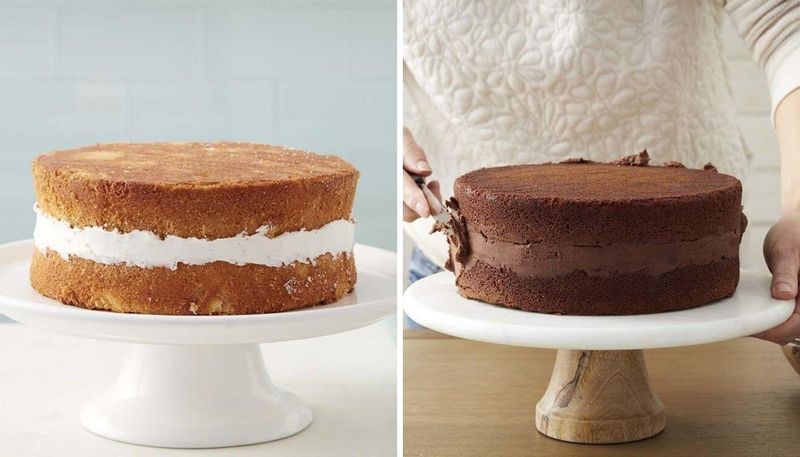
Excessive browning can detract from a cake’s visual appeal. Often caused by baking at too high a temperature or using a dark pan, it can make the cake taste bitter. To combat this, try using lighter-colored pans which reflect heat better.
Did you know that covering the cake with foil midway can prevent browning?
Follow these steps for a cake that’s perfectly golden every time.
Dry Cake
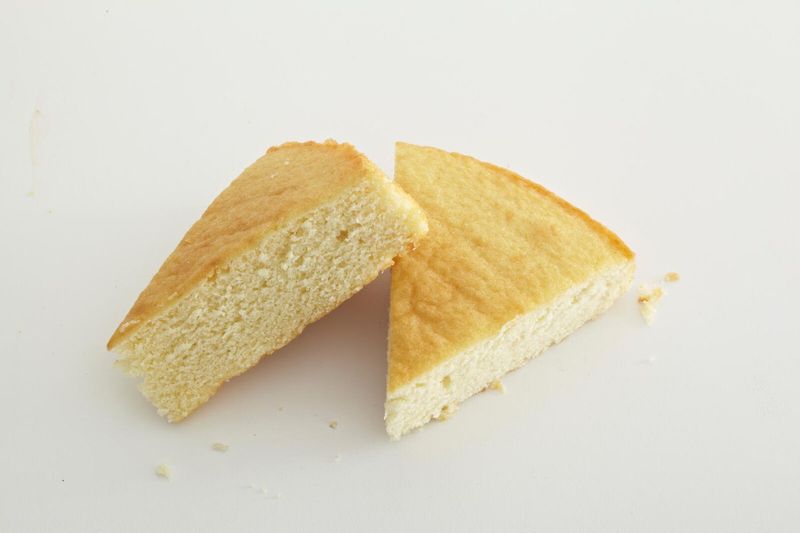
A dry cake is often disappointing, lacking the desired moisture. This can result from overbaking or not using enough liquid in the batter. Adding a simple syrup soak can revive a dry cake quickly. Ever tried incorporating applesauce or mashed bananas for natural moisture?
These additions not only keep the cake moist but also enhance its flavor profile.
With these tips, your creations will be deliciously moist.
Air Bubbles or Tunnels
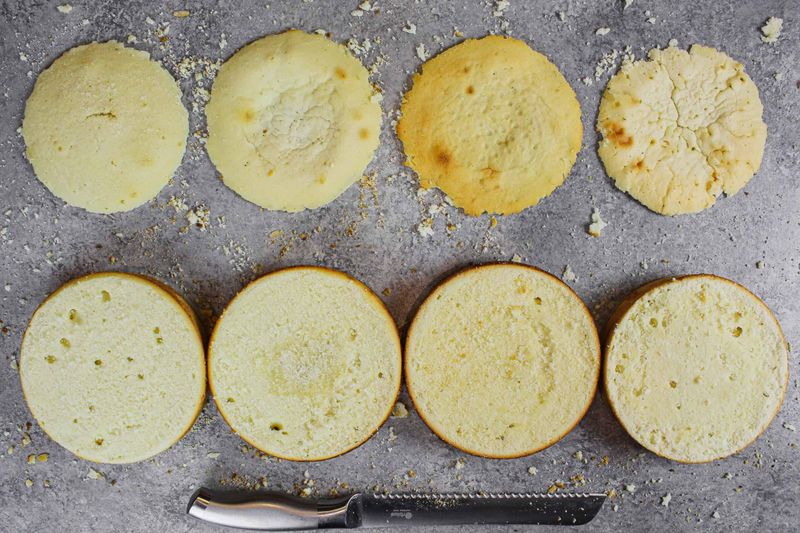
Air bubbles or tunnels can make a cake look unprofessional. These often occur from overmixing or incorporating too much air. To minimize them, tap the cake pan gently before baking to release trapped air. Did you know that using a spatula to fold batter instead of a mixer can keep air bubbles in check?
Ensure a smooth texture with these effective techniques.
Your cakes will emerge from the oven with a fine, even crumb.
Filling Oozing Out
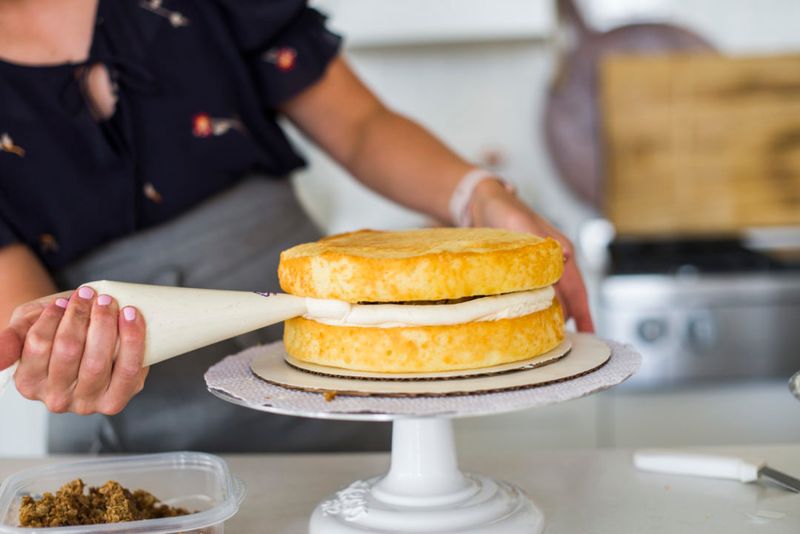
When it comes to layer cakes, filling oozing can be a sticky situation. This often results from too much filling or layers not being level. A dam of frosting around the edge can contain fillings. Ever tried chilling the layers before assembling?
This helps the filling set and stay in place.
Your cakes will now hold all their delightful contents securely.
Decorations Sliding Off

Sliding decorations can spoil the presentation of a cake. This often occurs when the cake is too warm or the icing too soft. Consider chilling the cake before adding decorations. A touch of cornstarch can help stabilize the icing. Have you ever used a dowel for support?
It can keep decorations in place, even on elaborate cakes.
Your creations will look picture-perfect every time.
Leave a comment